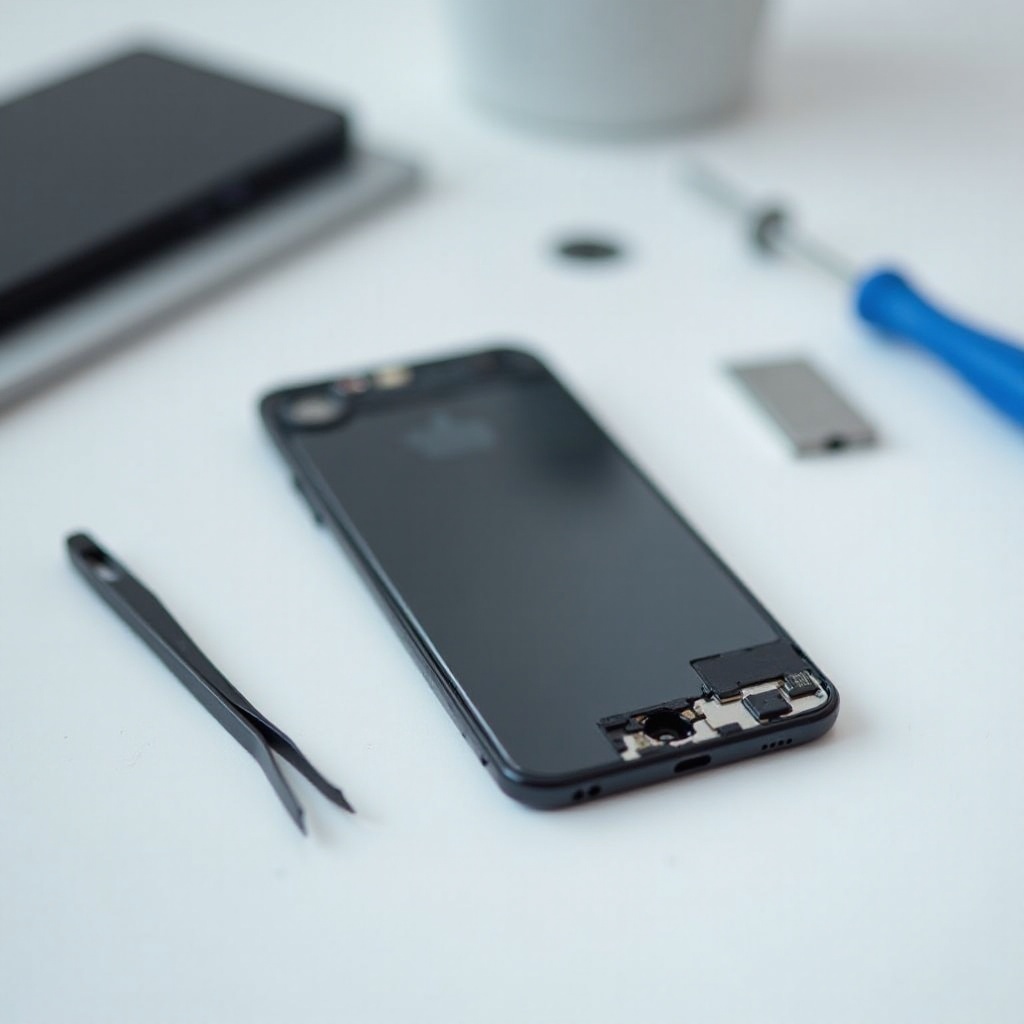Introduction
Encountering issues with your phone’s mouthpiece can be frustrating, especially when you need to communicate. If you often find yourself saying, ‘My phone mouthpiece is not working,’ you are not alone. Mouthpiece problems can stem from various causes and knowing how to troubleshoot and fix these issues can save you time and hassle. This guide will walk you through easy troubleshooting steps and provide valuable tips to get your mouthpiece functioning correctly, whether it’s a quick fix or requires deep troubleshooting and professional help.

Understanding the Common Causes
Before diving into troubleshooting steps, it’s crucial to understand what might be causing your phone’s mouthpiece to malfunction. Generally, there are a few common culprits:
-
Dust and debris: Over time, dust and small particles can accumulate in the mouthpiece, obstructing sound.
-
Software glitches: Sometimes, a recent software update or an app can interfere with the mouthpiece functionality.
-
Hardware damage: Physical damage to the mouthpiece or internal components can lead to issues.
-
Moisture or liquid damage: Exposure to moisture or water can cause the mouthpiece to stop working effectively.
By pinpointing the possible cause, you can more effectively address the issue and restore your phone’s mouthpiece functionality.

Initial Quick Fixes
When your phone’s mouthpiece isn’t working, there are some quick fixes you can try before delving into more in-depth troubleshooting.
-
Restart your phone: Often, a simple restart can clear up minor glitches and restore normal functionality.
-
Check for obstructions: Inspect the mouthpiece for any visible dust, lint, or debris. Use a soft brush or compressed air to clean it gently.
-
Check the volume settings: Ensure that your phone’s volume settings are appropriately configured and not set to mute or a low level.
-
Disconnect accessories: If you are using any external accessories like headphones or Bluetooth devices, disconnect them and see if the mouthpiece issue resolves.
-
Test in a quiet environment: Move to a quieter place to ensure environmental noise is not affecting the mouthpiece’s performance.
These quick fixes often resolve minor issues and help determine if further steps are necessary.

In-Depth Troubleshooting
If the initial quick fixes don’t resolve the issue, it might be time to dive deeper into troubleshooting.
Moving from basic solutions, it’s important to focus on more detailed and comprehensive troubleshooting methods.
Safe Mode Testing for App Interference
-
Enter Safe Mode: This disables third-party apps temporarily to help you identify if any app is causing the issue. On most phones, you can enter Safe Mode by holding down the power button and then long-pressing ‘Power off’ until the Safe Mode prompt appears.
-
Test the mouthpiece: Make a test call or use a voice recording app to check the mouthpiece functionality in Safe Mode.
-
Dealing with problematic apps: If the mouthpiece works in Safe Mode, review and uninstall any recently installed or suspicious apps.
Software Updates and Rollbacks
-
Check for updates: Ensure your phone’s operating system is up-to-date. Manufacturers release updates to fix bugs and improve device performance.
-
Rollback recent updates: If the mouthpiece issue began after a software update, consider rolling back to a previous version.
-
Reinstall firmware: In extreme cases, reinstalling the phone’s firmware from a trusted source may solve the issue.
Factory Reset Considerations
-
Backup your data: Before performing a factory reset, back up your important data to prevent any loss.
-
Perform factory reset: Navigate to your phone’s settings and find the option for factory reset. This will delete all data and restore the phone to its original state.
-
Test the mouthpiece: After the reset, check if the mouthpiece functionality is restored.
Physical Repairs and Professional Help
When software troubleshooting doesn’t resolve the problem, the issue might be hardware-related. Transitioning from software solutions, it’s essential to examine hardware possibilities.
Identifying Broken Components
-
Inspect the mouthpiece: Look for any signs of external damage or broken components.
-
Internal inspection: Carefully open your phone if you have the technical expertise and inspect for internal damage to the mouthpiece or microphone connectors.
DIY Repairs vs. Professional Services
-
DIY repairs: If you are confident in your repair skills, you might replace the mouthpiece component yourself. Use online guides and source parts from reputable suppliers.
-
Professional help: If you are unsure about DIY repairs, it’s best to seek professional repair services. They have the necessary tools and skills to fix the issue accurately.
Warranty and Repair Services
-
Check warranty status: If your phone is still under warranty, contact the manufacturer for repair or replacement options.
-
Authorized repair centers: Visit authorized repair centers to get professional services without jeopardizing the warranty.
Preventive Measures
Keeping your phone’s mouthpiece in good condition can prevent future issues. After tackling repair methods, consider these preventive measures.
Regular Cleaning Tips
-
Use gentle tools: Clean the mouthpiece regularly with a soft brush or compressed air.
-
Avoid exposure to dust: Store your phone in a clean environment to reduce dust accumulation.
Protective Cases and Covers
-
Use protective cases: Invest in a good-quality case that protects the mouthpiece from dirt and damage.
-
Install screen protectors: This can help protect not only your screen but also other parts of your phone.
Tips to Avoid Water Damage
-
Keep your phone dry: Avoid exposing your phone to water or using it in wet environments.
-
Water-resistant covers: Consider using a water-resistant cover if you’re often near water.
Conclusion
Fixing your phone’s mouthpiece can be straightforward if you know the right steps and precautions. Whether the issue is due to software glitches or hardware problems, this troubleshooting guide provides the necessary information to identify and fix common mouthpiece issues. Regular maintenance and preventive measures can also help avoid future problems. Always consider your warranty status and seek professional help when needed to ensure the best care for your device.
Frequently Asked Questions
Why is my phone’s mouthpiece not working after a software update?
After a software update, certain incompatibilities or glitches may cause the mouthpiece to malfunction. Rolling back the update or waiting for a patch can resolve this issue.
Can I fix my phone’s mouthpiece issue at home without professional help?
Yes, many mouthpiece issues can be resolved at home through quick fixes or detailed troubleshooting. However, for hardware problems, professional help is recommended.
How often should I clean my phone’s mouthpiece?
To maintain optimal performance, clean your phone’s mouthpiece every few weeks or whenever you notice any sound obstruction.
